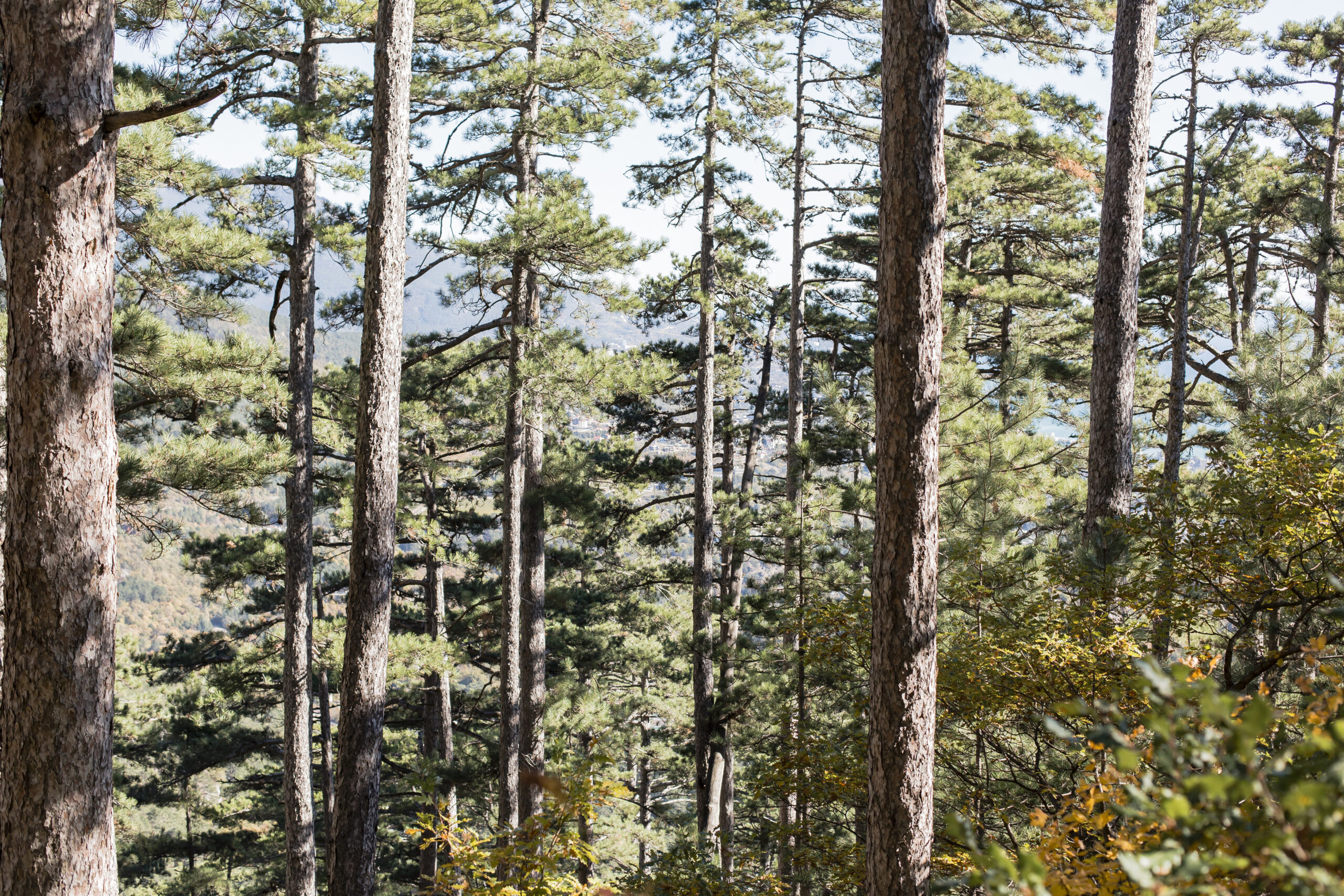Southern Pine is a popular lumber because it is strong, durable, and resilient.
The only problem is that it has high resin content which can cause trouble with saw blades and sandpaper. Fortunately, proper maintenance can prevent such issues and ensure their health and productivity.
While Southern Pine Plantation doesn’t require intensive care, there are certain stages of its development where it’s best to intervene to ensure well-being at the time of harvest.
This guide will equip you with best practices for maintaining southern pine plantations.
Let’s get going.
Southern Pine Plantation Maintenance
Here are the three main stages of Southern Pine plant maintenance.
Laying The Foundation In The First 3 Years
During the early years, the focus is on maintaining a healthy establishment of plantations and reducing their competition from external stressors such as weeds and pests.
-
- Weed Control
In the initial years, your pine plantations are developing strong root systems and weeds have the potential to choke them out and slow down their growth.
Methods that can help you with weed control include annual weeding, herbicide application, and mulching.
Mulching is also effective for conserving soil moisture and can be a helpful tool if you’re planting pine trees in drought-prone areas such as the southeastern part of the USA.
-
- Possible Watering
The initial years count as an establishment phase for southern pines and supplemental watering during this phase can significantly improve their chances of survival.
Once they survive this critical phase, they become more resilient to water stress and can survive prolonged dry periods.
-
-
Pest Monitoring
-
Pine Plantations are prone to infestations from pests like Southern Pine Beetle.
It’s advisable to stay vigilant and detect these attacks in the early stages to prevent significant damage and plant death.
However, pest management techniques tend to vary from plant to plant. For example, longleaf pine stands require more intensive care because they’re more likely to be attacked and killed.
Intermediate Growth Phase (3-15 Years)
As the Southern Pine plantation reaches its growth phase, the main problem we see is ‘overcrowding’.
There are a few techniques that can address the issue such as:
-
- Thinning
Thinning involves selectively removing trees so that the remaining ones have complete access to sunlight, water, and other nutrients.
If done correctly, thinning promotes tree vigor and improves timber quality.
Meanwhile, the trees develop larger, straighter trunks important for timber production.
-
- Fire Management
Carefully controlled burns and fires are strategically used to clear undergrowth and promote the healthy growth of trees.
Fire management reduces the risk of uncontrolled wildfires by managing the fuel loads of forests and improves soil quality by recycling nutrients.
However, only professionals should perform this step.
They should also employ necessary precautions and fire management techniques and take in other factors such as the presence of nearby structures.
Mature Stand (15+ Years)
At this stage, pine plantations are mature and resilient enough to thrive with minimal care.
Mature Southern Pines can live for 100-150 years with minimal intervention, which makes them an excellent species for long-term forest management.
-
- Prepping for Harvest
It’s best to plan careful and sustainable logging practices once your plantation reaches the harvesting stage.
Some techniques for pre-harvest planning include clearcutting, thinning, or seed-tree harvesting.
Drought Tolerance and Low-Maintenance Nature of Southern Pine
Southern pines, such as longleaf, loblolly, and shortleaf pine, are highly drought-tolerant and low-maintenance, which makes them valuable in the southeastern U.S.
Their deep root systems and ability to regulate water loss help them survive dry conditions.
For instance, longleaf pine is particularly resilient, thriving in dry, sandy, or rocky areas.
These trees also require minimal maintenance due to their natural pest resistance and low need for watering. Which once established, makes them ideal for landscaping and forestry with little intervention.
The best way to get the most out of your efforts is to pair afforestation and reforestation techniques with Southern Pine Plantations.
These will help us turn unyielding farmlands into valuable timberland and help us support wildlife habitat and ecological balance for years to come.
Verdict
Southern Pine plantations are an excellent source of high-quality lumber and help you with sustainability efforts such as maintaining forest health.
Although these species require less care, it’s to be noted that they require vigilant care in their initial years to ensure they thrive and grow into healthy plants.
If you’re looking for high-quality Southern Pine lumber for your business needs, visit Gulf South Forest Products.
To learn more about how to select and store high-quality timber, check out our blogs on How to Select High-Quality Lumber for Your Building Needs and How to Properly Store and Maintain Lumber.





